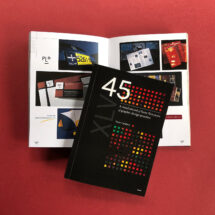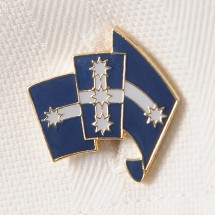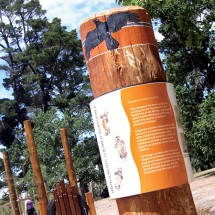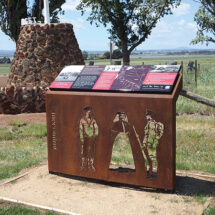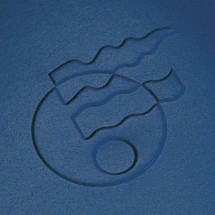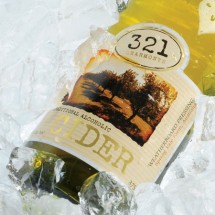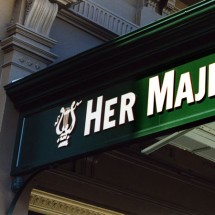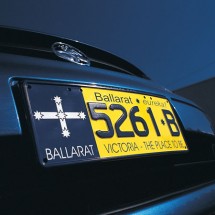The case for an inclusive, exclusive Australian Flag
Labor for an Australian Republic held a conference at the Museum of Australian Democracy at Eureka on Saturday 2 May. I was invited to speak on the case for a new Australian Flag.
That we need a new Australian Flag is surely beyond question – as an independent country, why do we still have the flag of another nation taking “pole position” on our flag?
Yes, our links and history with Great Britain were, and still are, important – however the British Union Flag is a hurtful and divisive symbol to Australia’s Indigenous people; representing dispossession and, at best, oppression.
Ignited by the gold rushes of the 1850s, Australia is one of the most multi-cultural nations in the world. Our current migrant intake is coming increasingly from Asia and other non-English speaking cultures. With the influx of these new immigrants, the relevance of the British Union Flag is fast diminishing.
A new Australian Flag must serve to unite all of our nation’s inhabitants – the original Australians, and current and future Australians.
The current Australian Flag, with the Commonwealth Star (or Federation Star) in the lower hoist quarter and the five stars of the Southern Cross in the fly half, is but a “defaced” British Blue Ensign – an ensign being the flag flown at the back end of a ship.
It is neither inclusive nor exclusive.
Several other nations sport the Union Flag in the canton – New Zealand, Fiji, Tuvalu, Cook Islands, and others. Jordan’s flag bears a seven-pointed star in the centre of a red triangle in the hoist. (The seven points of the star represent the first seven verses of the Koran that form the basis of their Muslim faith.)
The Southern Cross has long been associated with Australia’s national identity. As long ago as 1823, Nicholson & Bingle’s “National Colonial Flag for Australia” (a British White, or Naval, Ensign) included four white stars (the Southern Cross) in the cross of St George.
Despite the romanticism with which we view it, the Southern Cross is not exclusively “Australian” – Papua New Guinea, New Zealand and Western Samoa all sport a version of that starry formation (which, by the way, can be seen north of the equator).
It is, however, entrenched in our psyche – forming part of the Digger’s Oath sworn at Eureka in 1854 (“We swear by the Southern Cross to stand truly by each other and fight to defend our rights and liberties”) and our National Anthem (“Beneath our radiant Southern Cross…”).
Three successive competitions held by AusFlag (1986, 1993, 1998), have yielded three “winners” that have failed to sufficiently capture the imagination and support of the population. All contain a Southern Cross. Both Wayne Stokes’ and Mark Tucker’s flags include the land beneath. The most recent, by Franck Gentil, is also the most conservative – the British Union Flag has been omitted and the Commonwealth Star, now yellow, raised to the canton position.
One hundred selected entries from the 1998 competition went on display and the public were invited to vote. The people’s No.1 choice (by George Margaritis) and No.3 choice (by Harold Scruby) both contained kangaroos. And these aren’t boxing kangaroos, thank goodness!
It seems obvious that, even if vexillologists aren’t keen on fauna, the kangaroo must be included in any National Flag. The kangaroo is uniquely Australian, is identified with Australia, and it isn’t “owned” by any one group.
The other big issue with the current Australian Flag is that it bears absolutely no relationship to our sporting colours or icons.
It is often on the world’s sporting stages that the national flag is at it’s most visible. Australia’s sports men and women compete in green and gold. And when they stand on the podium, dressed in their green and gold uniform, a red, white and blue flag is hoisted.
Their legions of supporters, decked out in green and gold scarves, tops and headgear, waving green and gold banners, add to the confusion. There is a serious lack of connection and a jarring disunity here.
Should we be wearing red, white and blue? Should the flag incorporate green and gold? Or should there be a total overhaul of the national colours (on the flag and in our uniforms) to sky blue and burnt orange?
Perhaps one solution might be to adopt a revised version of George Margaritis’ flag; change the colours to include green and gold and alter the Federation Star to eight points (six states and two territories / Eureka) or replace it with a Southern Cross.



